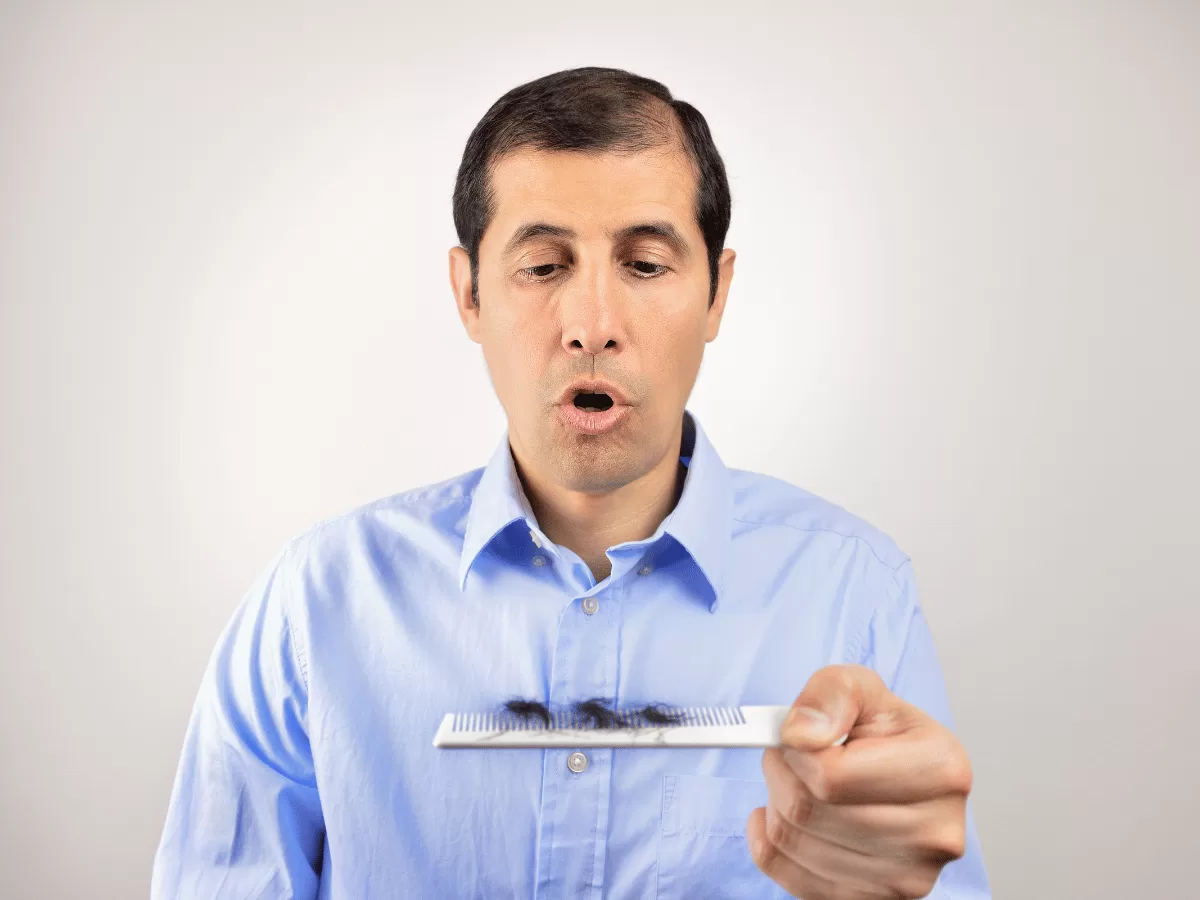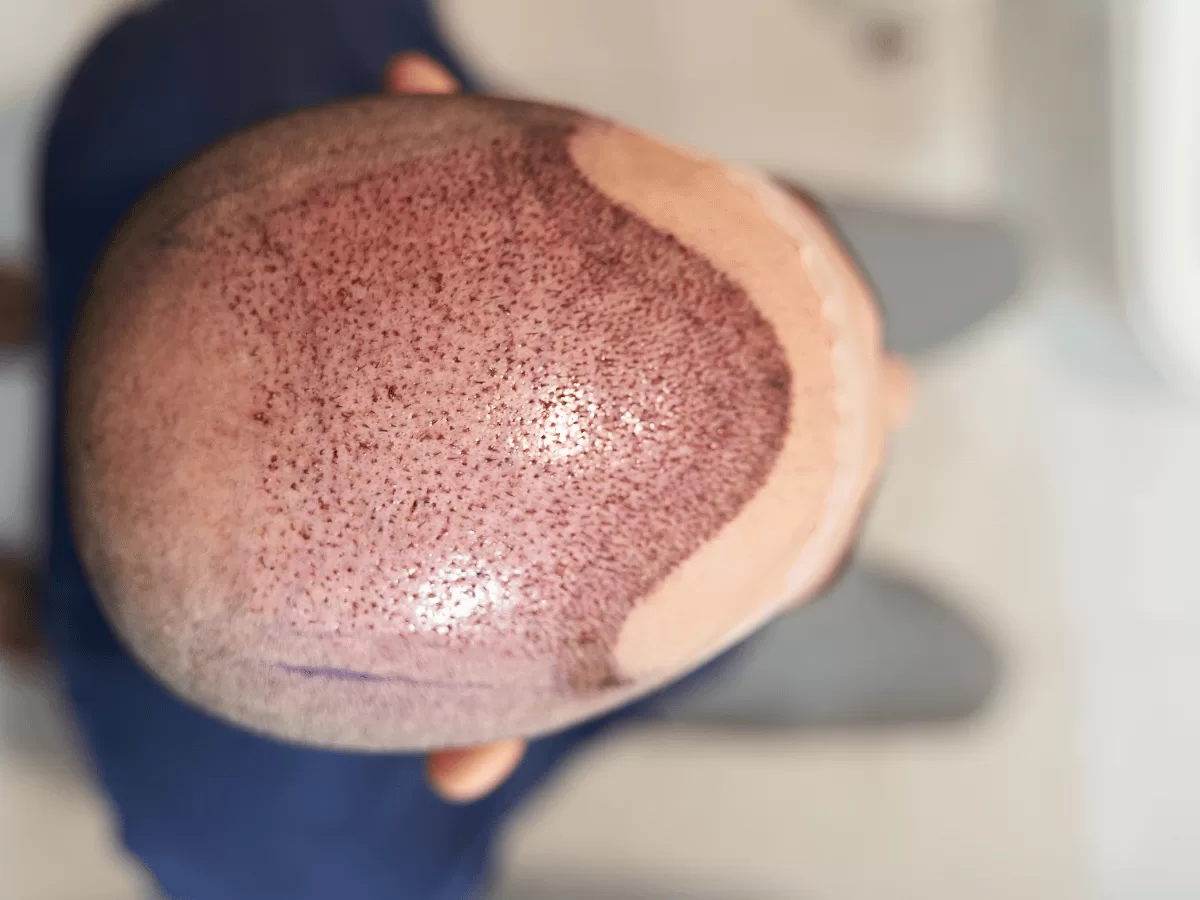
A Decade Later: What to Expect 10 Years After a Hair Transplant
A hair transplant is a remarkable, life-changing journey. The initial decision, the procedure itself, and the exciting months of watching new hair grow in are all focused on a powerful end goal: a fuller, more youthful, and more confident appearance. The before-and-after photos taken one year after surgery often showcase a dramatic and satisfying transformation.
But for the discerning patient making a significant investment in themselves, the most important question looks much further into the future: What happens 10 years after a hair transplant?
Will the results last? Will it still look natural? What will the inevitable march of time and aging do to my restored hairline? These are the crucial questions that get to the heart of the procedure’s long-term value.
The fantastic news is that a well-performed hair transplant by an expert surgeon provides permanent, natural-looking results. The hair that was transplanted a decade ago will still be growing strong. However, your overall appearance will have naturally evolved, influenced by two key factors: the normal aging process and the potential for continued hair loss in your non-transplanted native hair.
This guide will provide an honest and detailed look at what you can realistically expect a decade after your procedure. We’ll explain what is permanent, what changes over time, and how a strategic and forward-thinking approach from the very beginning leads to lifelong satisfaction.
The Foundation of Permanence: Why Transplanted Hair Lasts a Lifetime
To understand the 10-year outlook, you must first grasp the core scientific principle that makes hair transplantation so effective: Donor Dominance.
Your hair follicles are not all the same. The follicles on the top and front of the scalp are often genetically susceptible to the effects of a hormone called Dihydrotestosterone (DHT), which is the primary driver of male pattern baldness. DHT causes these follicles to shrink (“miniaturize”) and eventually stop producing hair.
However, the hair follicles located at the back and sides of your head—the area known as the “donor region”—are genetically resistant to DHT. They are programmed to continue growing for your entire life, regardless of what’s happening on top.
The principle of donor dominance states that when these resistant follicles are carefully harvested and transplanted to a new location (like your hairline or crown), they retain their original genetic programming. They will continue to be resistant to DHT and will grow for a lifetime in their new home.
This is why we can say with confidence that the hair from your transplant is permanent. The new hairline we create for you is not a temporary fix; it is a lasting, living part of you.
The Look at Year 10: What Has Changed?
So, if the transplanted hair is permanent, will you look exactly the same a decade later? No, and that’s actually a good thing. Your result will have evolved in two natural and predictable ways.
1. Your Transplanted Hair Has Aged Naturally with You
The transplanted hair is not foreign; it is your own hair, simply relocated. As such, it will continue to behave exactly like the hair from the donor area it came from.
- It Will Turn Grey: Your transplanted hair will turn grey at the same rate and in the same pattern as the hair on the sides of your head. This is a critical component of a natural-long-term result. It ensures that your entire head of hair ages in a harmonious, blended way, avoiding the unnatural look of a dark, youthful hairline on an otherwise greying head.
- It May Change in Texture or Caliber: Just like all the hair on your body, individual hair shafts may become slightly finer or change in texture as you move into your 50s, 60s, and beyond. This process, known as senescent alopecia, is a normal part of aging. Your transplanted hair will undergo this process as well, helping it to continue looking perfectly natural and age-appropriate.
2. Your Native (Non-Transplanted) Hair Has Continued to Change
This is the single most important factor that will influence your appearance 10 years after your initial procedure. A hair transplant does not stop the progression of your original, underlying hair loss.
The native hair that was present around and behind the transplanted grafts is still susceptible to DHT. Over the course of a decade, this hair may have continued to thin or recede.
This is precisely why choosing an experienced, ethical surgeon is so critical from day one. An expert surgeon doesn’t just think about how your hair will look next year; they are planning for how it will look in 10, 15, and 20 years. This “master plan” involves:
- Conservative and Age-Appropriate Hairline Design: An ethical surgeon will never give a 25-year-old the low, flat hairline of a teenager. They will design a mature, slightly receded hairline that will still look natural and balanced even if the patient loses more hair behind it in the future.
- Anticipating Future Loss: The surgeon will blend the transplanted hair seamlessly into the native hair, feathering the density to create a smooth transition that will hold up well, even if the native hair thins over time.
- Recommending Medical Management: To ensure the best possible long-term result, most surgeons will strongly recommend that patients use medical treatments like Finasteride and/or Minoxidil after their transplant. These medications work to stabilize hair loss and protect the vulnerable native hair, thereby preserving the overall density and appearance of the result for many years.
Two Scenarios: A Tale of Two Patients a Decade Later
To illustrate the importance of planning, let’s consider two hypothetical patients, both of whom had a hair transplant 10 years ago.
- Patient A: The Strategic Patient At age 35, he had a 3,000-graft FUE procedure to restore his receding hairline and reinforce the front. His surgeon designed a mature, conservative hairline. Following the surgery, he has been consistent with using medical therapy (Finasteride) to stabilize his native hair loss.
- At Year 10 (Age 45): His result looks fantastic. The transplanted hairline is dense, strong, and has aged naturally with him. Because he stabilized his native hair, the area behind the transplant remains full, and the overall result is seamless. He is thrilled with his decision.
- Patient B: The Impulsive Patient At age 22, he had a 3,000-graft FUE procedure from a clinic that agreed to his request for a very low, aggressive hairline. He did not use any medical therapy after the procedure.
- At Year 10 (Age 32): The transplanted hairline itself is still growing strong. However, his genetic hair loss has progressed significantly behind it. He now has a dense “island” of hair at the front, with a noticeable bald area separating it from his thinning crown. The result looks unnatural and requires a second, complex surgery to try and bridge the gap, using up more of his limited donor hair.
The Option for a Second Hair Transplant
It is very common and often part of the long-term plan for a patient to have a second hair transplant 5, 10, or even 15 years after their first.
This is not a sign that the first procedure failed. Rather, it is to address new areas of hair loss that have appeared over time. For example, a patient who had his hairline restored in his 30s may return in his 40s to add density to the crown, which has now started to thin.
If the first procedure was performed by a skilled surgeon who managed the donor area responsibly, there will be plenty of healthy grafts available for this second session to maintain a full and natural look.
Top Searched FAQs: Your Hair Transplant 10 Years On
1. Will my transplanted hair look fake or like “plugs” as I get older? No. If performed with modern FUE techniques, the result will be completely natural. Because the transplanted hair will grey and thin slightly along with the rest of your hair, it will continue to look natural and age-appropriately with you.
2. Do I need to keep taking Finasteride or Minoxidil forever after my transplant? It is highly recommended if you want to maintain your non-transplanted native hair. The transplant itself is permanent, but the medication is what protects the rest of your scalp from further genetic hair loss. Stopping the medication may cause you to lose the native hair you had preserved, which can negatively impact the overall look of your transplant.
3. Will I have enough donor hair for a second procedure in the future? This depends entirely on the skill of your first surgeon and the extent of your hair loss. An ethical surgeon will always perform a transplant with your lifelong donor supply in mind. They will not over-harvest in a single session, ensuring that grafts are preserved for potential future needs.
4. What is the most common reason for being unhappy with a hair transplant after 10 years? The overwhelming reason is unmanaged, progressive hair loss of the native hair behind the transplant, creating an unnatural separation. This is almost always a result of having the procedure done too young, having an overly aggressive hairline designed, and not using medical therapy to stabilize the loss.
Conclusion: A Lasting Investment in Your Lifelong Confidence
A hair transplant performed by an expert surgeon is one of the most permanent and satisfying investments you can make in your appearance and self-esteem. A decade later, the hair that was meticulously transplanted will still be growing, having aged, grayed, and blended naturally with you.
The key to ensuring you are as happy with your result at year 10 as you are at year one is a strategic, forward-thinking approach. It requires a surgeon who is not just a technician for today, but an artist who plans for your future. It involves a partnership, where the surgeon creates the permanent foundation, and you help maintain the overall picture by protecting your native hair.
A successful hair transplant isn’t a short-term fix; it’s a lifelong asset. It’s a decision that pays dividends in confidence every single day for the decades that follow.



